Tag: Sites
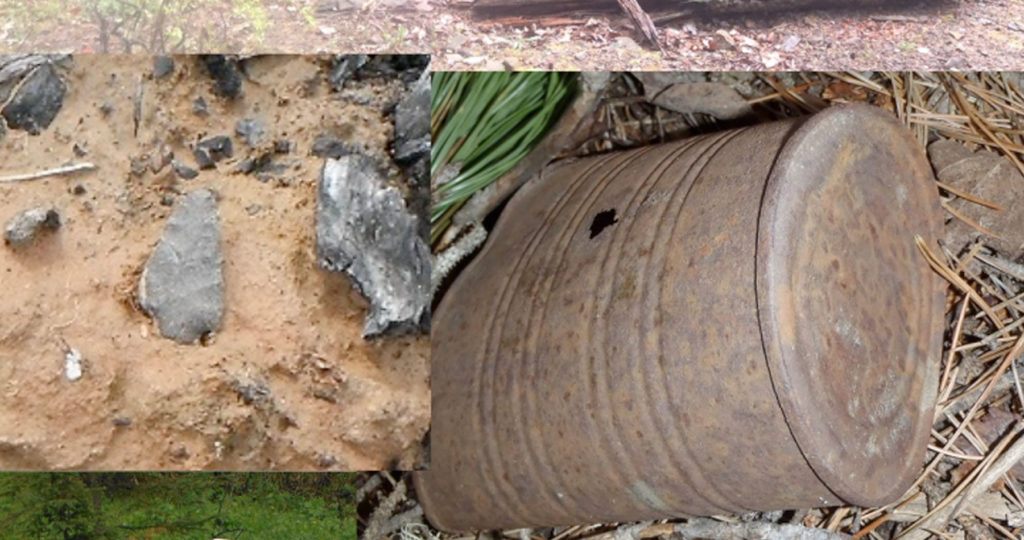
September 11, 2017
What is an Historic Resource Site?
The majority of Tree Time’s archaeological work is done in the context of Historic Resources Impact Assessments, but what is an Historic Resource? People are sometimes confused about what constitutes an historic resource because it is a very broad category. The first thing to come to most people’s mind would likely be the contents of
Keep Reading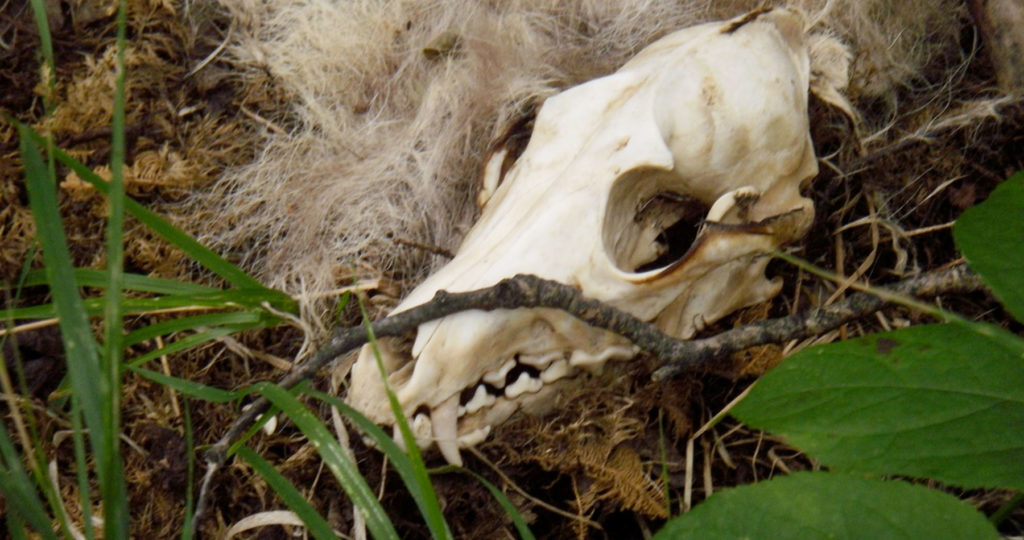

July 5, 2017
Animal Bones
During an archaeological survey or excavation when animals bones are found, we look for signs that they were somehow modified or processed by humans. Animals were not only a source for food, but their skin, fur, and bones had many other uses. We might find cut marks from a knife made during butchering, or the
Keep Reading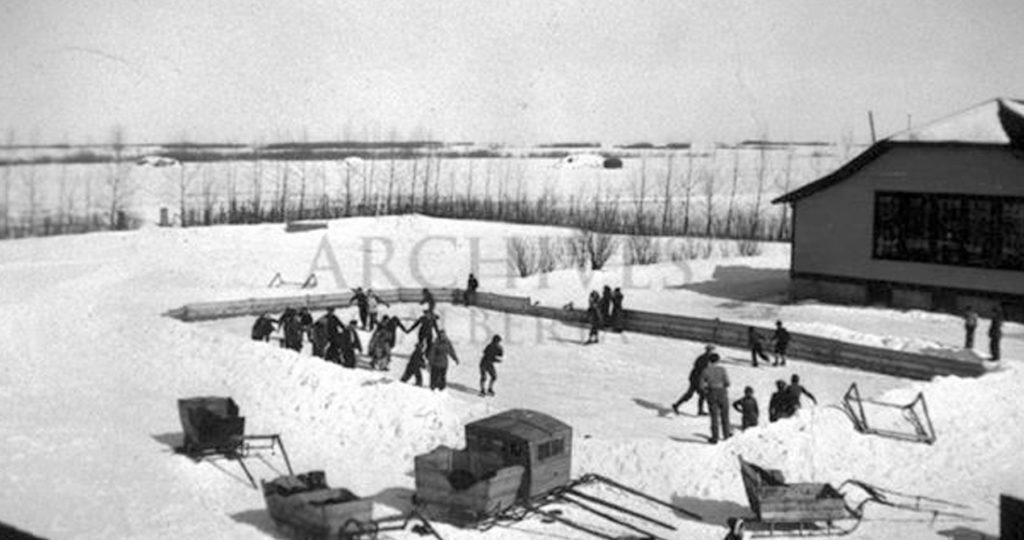

June 26, 2017
The Glenbow Museum Archives
The Glenbow Museum Archives are an exciting tool we can use as archaeologists to learn more about some historic sites that we encounter in our day to day field work, and to predict where we might find a certain type of historic site. We recently worked on a historic site located between Mundare and Vegreville
Keep Reading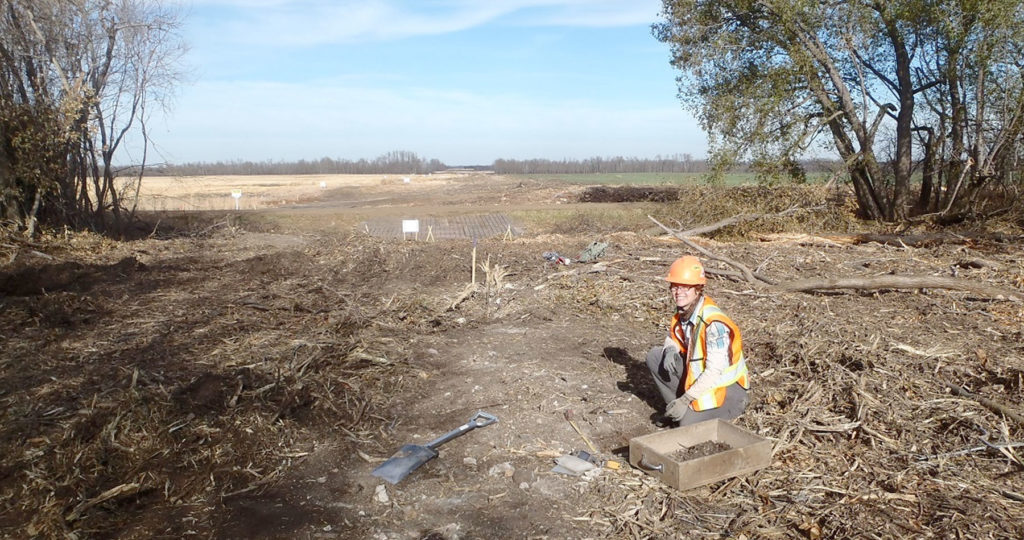

June 12, 2017
Kolomea School
In 2013 Tree Time archaeologists got a chance to work on a relatively rare type of historic period site in Alberta: a historic schoolhouse. The Kolomea school site was brought to the attention of Tree Time Services by construction personnel for a transmission line project. The site consists of three concrete foundations surrounded by non-native
Keep Reading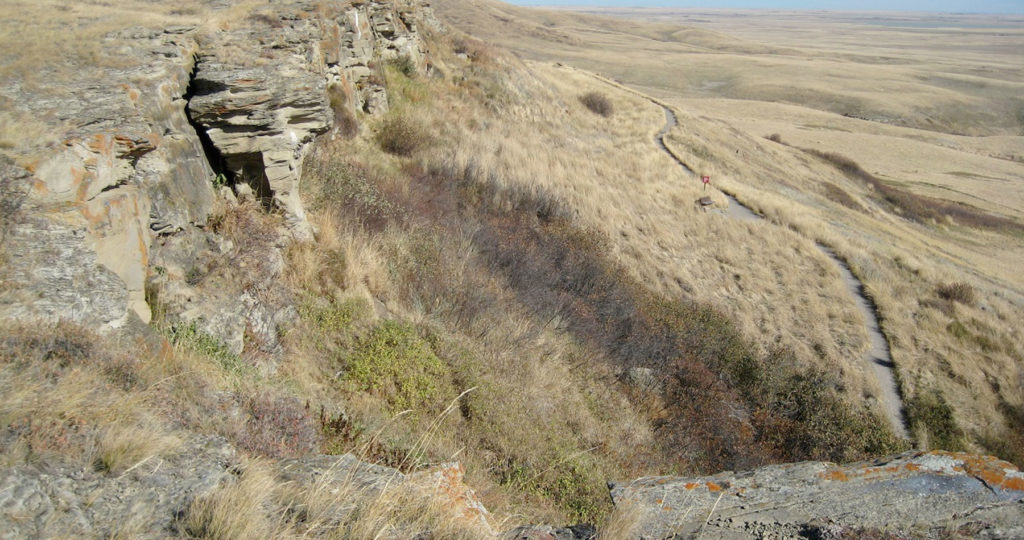

May 1, 2017
Alberta Top 10 Archaeological Sites
As Canada celebrates 150 years since Confederation it is important to remember that the history of the land we call home goes back thousands of years. Tree Time Services staff discussed some of the most important archaeological sites in Alberta and created a top ten list. Several of these sites can be visited by the
Keep Reading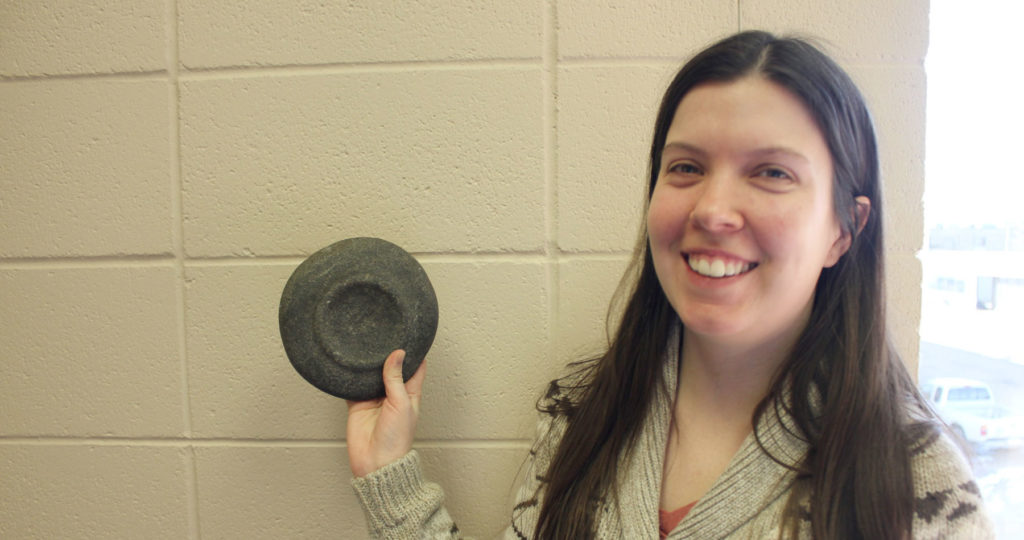

March 6, 2017
Ground Stone Artifact
At our Archaeology Roadshow in Lac La Biche, AB in fall 2015 a local resident brought in an interesting artifact that was found on a farm near Camrose, AB in the 1940s. The artifact is a 5 and 1/2” round stone with a wide, shallow depression on one side and a smaller lipped depression on
Keep Reading

February 20, 2017
Finding Archaeological Sites from the sky using high-tech advances in archaeology
In recent months, news feeds have been erupting with stories of “Lost Maya Cities discovered using LiDAR”, “revealing the secrets of Stonehenge using LiDAR”, “LiDAR uncovers ancient city near Angkor Wat”, and the popularity of “space archaeologist” Sarah Parcak, but this technology is not limited to finding the remnants of “lost civilizations” in far reaching
Keep Reading

February 6, 2017
Introduction to CRM Part 5: Reporting
Once we have surveyed our targets and evaluated any sites we have found, it is time to return to the office. All of our notes are taken on an ipad in the field. Now all we have to do is export our notes into a database which eliminates the hours spent on data entry. Note
Keep Reading

January 30, 2017
Introduction to CRM Part 4: Evaluating a Site
When we identify a site, we conduct further evaluative testing to determine the type, character, and extent of the site. This is done according to government guidelines, and depends on the type of site, and the type of landform. If the landform allows for it, testing occurs in each cardinal direction or in a grid.
Keep Reading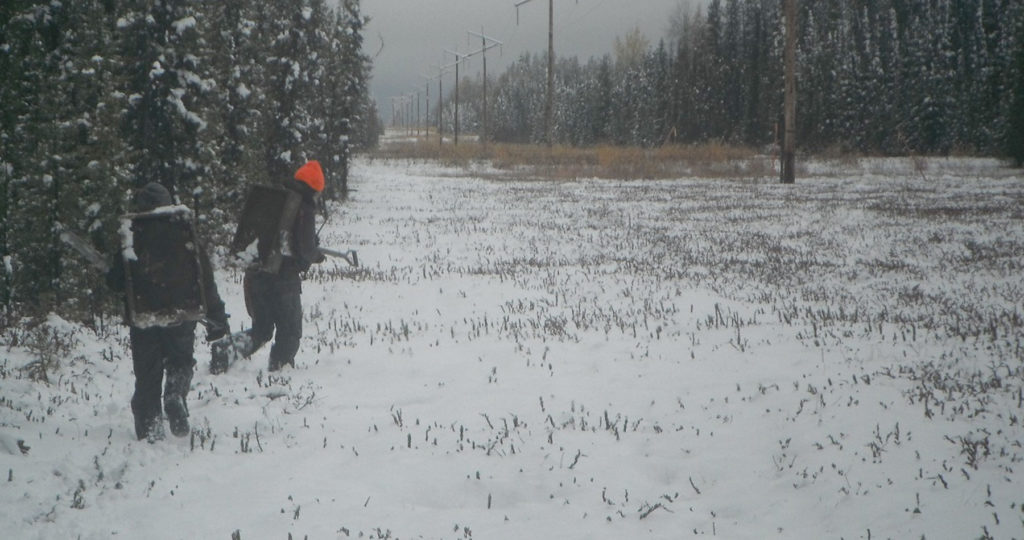

January 23, 2017
Introduction to CRM Part 3: Archaeological Survey
Using information compiled in the office, the next step of an HRIA is to leave the comforts of home behind and to venture into the field. Although there is a perception of archaeologists working at large excavations, often dressed in khakis and maybe wearing a fedora, archaeological survey is the most common type of field
Keep Reading